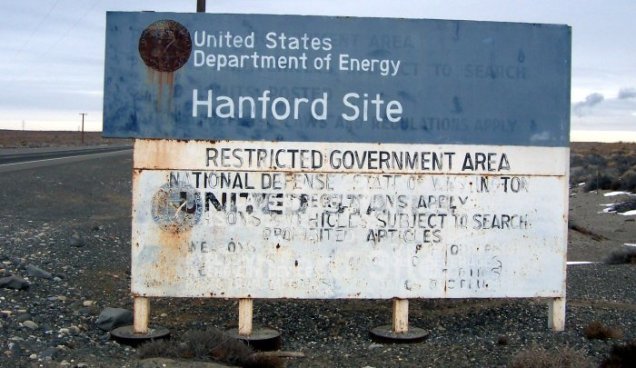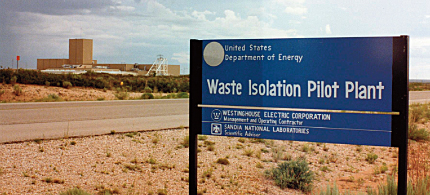“We hoped it would go away …”
Plutonium-239 has a half-life of 24,100 years.
Plutonium-238 has a half-life of 87.7 years.
So in about 241,000 years the worst may be over …
– New data shows spike in babies born missing parts of brain around leaking US nuclear site — Official: We’re really concerned it remains so high, we hoped it would go away — NBC: Many locals say Hanford to blame — CDC Expert: Cases “not focused near Hanford” (VIDEO)
AP, Apr. 23, 2014: Puzzling rare birth defects in Eastern Washington — The state Health Department is trying to find the cause of an unusually high number of rare birth defects in south-central Washington.
NBC, Apr. 22, 2014 (emphasis added): Seven cases of a rare fatal birth defect were reported in a remote region of Washington state in 2013 […] There’s still no clear reason for the spike in anencephaly, a severe defect in which babies are born missing parts of the brain or skull, according to Washington state health officials. […] it brings to 30 the number of cases reported since 2010 in the area that includes Yakima, Benton and Franklin counties […] rate jumped to 8.7 cases per 10,000 births in the region, far exceeding the national rate of 2.1 […] Critics have said state and federal officials need to do detailed interviews and a thorough investigation of the central Washington cluster. Many local residents are convinced that leaking tanks of nuclear waste from the region’s nearby Hanford nuclear plant must be to blame, but Dr. Edith Cheng, a University Washington Medicine expert on birth defects, said there has not been a good evaluation of the plant’s impact […]
Read moreNew Data Shows Spike In Babies Born Missing Parts Of Brain Around Leaking US Nuclear Site – Official: We’re Really Concerned It Remains So High, We Hoped It Would Go Away


